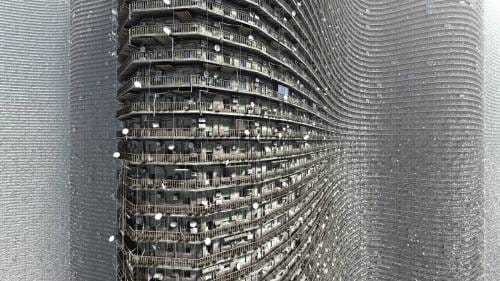There is a special charm to silent movies and here we will recount some of that magic from the famous French film The Sultane of Love by drawing from historical articles.
Who remembers The Sultane of love (in French: Sultane de l’amour)? This old silent film, evoking the stories of Shéhérazade and the Thousand and One Nights came out in the aftermath of the Great War in 1919. The world was liberated, revived. Director: Charles Burget. Writer: Louis Nalpas. Principal actor: France Délhia. The film’s shooting, four months after the end of the Second World War, resulted in a multi-page report in the major magazine L’Illustration on 15 March, 1919. Where was it made? In a large park of the district of Cimiez in Nice, the Liserb park.
“The Liserb park opens discreetly at the bottom of a modest avenue behind the monstrous chalk cube of a palace,” wrote L’Illustration. “It is extremely hilly, with an incredible variety of views and vegetation: plantings of palm trees, wooded hills, terraces, orange fields, rose bushes, lawns, groves, wide avenues and covered paths. It is a succession of landscapes of all different heights with corners of the West and escapes towards the purest East.”
On the set of A Thousand and One Nights
The journalist takes you by the hand and leads you to the scene of the film shooting: “Just as you walked a few steps you meet the fierce Sultan Malik surrounded by his court and followed by his executioner always ready to chop off someone’s head in just a movement of his great curved sabre, at a sign from of his master. You see the gardens filled with slaves, eunuchs, magi, diviners, soldiers, porters, beggars, fishermen, dancers, witches and teenage girls, veiled with large velvet eyes. You must throw yourself into thick of it, for in a whirlwind of dust the three fierce horsemen of Malik, the intrepid Kadjar, Ali and Szid, rush towards you on their galloping horses. Resting on silk cushions, surrounded by her slaves, her dancers and her musicians, Princess Daulah dreams as a familiar white peacock crosses the terrace and illuminates it like a moonbeam.”
The cinema in a slump
The reporter asks: “Am I in Nice or Esfahan? You hesitate. You wonder if you are truly awake, and if you have to go as far as this clearing from which you can see the massive silhouette of a large modern hotel to make this mirage fade away.” Could French cinema dare to launch into this kind of blockbuster film production?

Here was the opinion of the Illustration: “We know what a slump the French film industry is in. Hypnotised by the great American productions that cover all the world’s screens with their films, with their impressive cinematography and their unfortunate subject matter, our directors seem to have given up on creating a French formula for cinematographic art. They assume that America has all the facilities in the world to make films, thanks to their millions of dollars, their sophisticated equipment, and superb studios, while France, poorly equipped and badly lit, can only make mediocre work with small earnings. Many artists who have faith in the future of cinematography protest against these assertions, and here at the Liserb park in Nice, a filmmaker seems determined to give them reason: it is Louis Nalpas, a cinematographer whose name is authoritative in professional circles and who cannot be regarded as an adventurous amateur.”
The screenwriter finances a victorious studio
“What he has just attempted by staging the Sultane of Love is to show us what is possible. Mr. Nalpas believes that the Mediterranean sky is, in a photographic sense, like that of California. He says that in the beautiful light of the Côte d’Azur, one can obtain all the splendours and all the finesse of lighting which are the pride of the American filmmakers. Instead of installing sad cardboard sets in workshops in smoky Parisian suburbs, French cinema has settled on the coast of the Big Blue!”
We know what happened next: Louis Nalpas, enriched by his films made at Liserb park, would buy seven hectares of land at the western entrance of Nice the following year and would create the Studios de la Victorine, where a few memorable films were later released: Evening visitors, the Children of Paradise, And God Created woman, the American Night. They would continue until the seventies. Then, sadly the dream ended.
However, thanks to these historical articles we can still look back at the magic of French film making and recall the dream and the beauty of movies made years ago.








